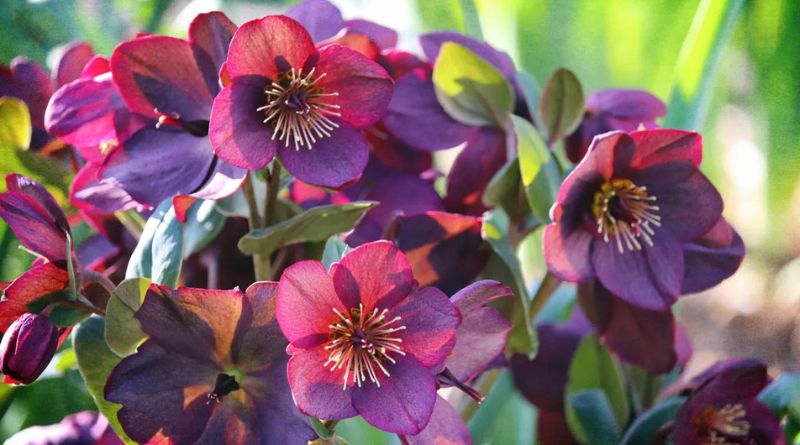Gardening enthusiasts know that proper maintenance in the fall sets the stage for a flourishing garden come spring. Cutting back certain perennials is a crucial task that not only tidies up your garden but also helps prevent diseases and promotes healthy regrowth. Here are ten perennials that you should cut back every fall to keep your garden thriving.
Phlox

Phlox is a beautiful perennial known for its vibrant blooms. However, it’s susceptible to powdery mildew, especially during the cool and wet fall months. Cutting back phlox in late fall helps prevent infection. Be sure to destroy any foliage showing symptoms of powdery mildew and disinfect your pruners before trimming other plants to avoid spreading the disease.
Bee Balm (Monarda)

Bee balm, much like phlox, is prone to powdery mildew in damp fall weather. Cutting back the plants in the fall and removing any debris helps prevent the disease from reoccurring the following season. This proactive measure ensures your bee balm remains healthy and vibrant.
Yarrow (Achillea)

While some perennials retain their beauty in winter, yarrow’s spent foliage can look quite unattractive. Cutting it back in the fall, except for new basal leaves that appear late in the season, helps protect the crown during winter. This not only improves the garden’s appearance but also promotes better growth in the spring.
Spike Speedwell (Veronica)

Spike speedwell is a whimsical addition to any garden, with its charming blooms from spring to fall. However, it fades quickly after the first frost. Cutting it back to the basal foliage in the fall cleans up its appearance and prepares it for robust regrowth in the spring.
Astilbe

Astilbe’s foliage turns yellow and brown after the first frost, while its spent flowers maintain their texture. Trimming back the foliage in the fall tidies up the garden, though leaving the spent flowers can add whimsical winter interest. This practice ensures a neat garden while retaining some visual appeal through the colder months.
Columbine (Aquilegia)

Columbine benefits greatly from a fall cleanup. Clearing out old foliage and flower stems in late fall sets the plant up for success in the spring. This practice helps prevent diseases and pests from overwintering and removes obstacles for new growth, ensuring your columbine comes back strong and healthy.
Daylilies (Hemerocallis)

While cutting back daylilies in the fall isn’t strictly necessary for their health, it does provide a cleaner look through the winter. By doing this, you avoid a messy appearance in the spring, making your garden look well-maintained year-round.
Hosta

Hostas are beloved for their lush foliage, but cutting back their leaves in the fall is essential to deter slugs, which lay eggs in the dead foliage. Leaving 4-6 inches of foliage standing helps protect the crown over the winter, reducing slug presence in the spring and ensuring a healthier plant.
Catmint (Nepeta)

Catmint is another perennial that benefits from a fall trim. Removing the yellow and brown leaves after frost provides a cleaner appearance. Like hosta, leaving 4-6 inches of foliage standing helps protect the crown over winter, promoting better regrowth in the spring.
Salvia

Cutting back salvia flower stalks to new basal growth in the fall is beneficial for several reasons. It helps protect the crown over winter and provides a cleaner appearance in the garden. This practice ensures that your salvia will return vibrant and healthy in the spring.




